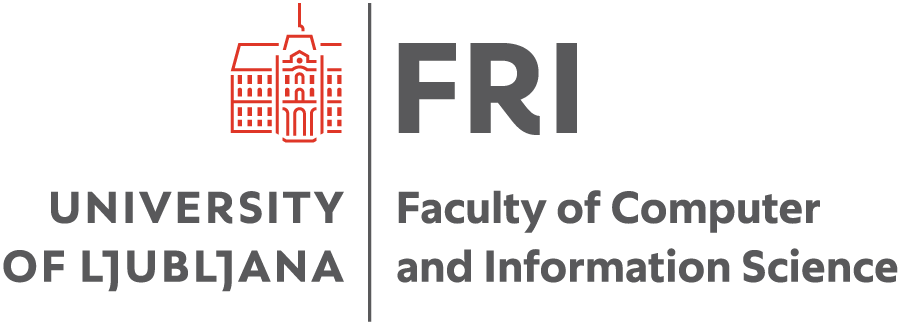- PoVeJMo - Adaptive Natural Language Processing with Large Language Models
- Description
Extremely large language models, such as ChatGPT and GPT-4, have shown remarkable performance
for many tasks and have triggered an avalanche of new AI applications. Unfortunately, due to their
closed and non-transparent nature, high computational demands and high cost of customisation,
they are out of reach for most research organisations and companies. On the other hand, much
smaller, open-source models such as LLaMA have recently emerged, which can be trained or
customised for individual tasks on conventional GPU computers and achieve (almost) the same
performance.
The project will develop several computationally efficient open-source large language models. The
open-source SloLLaMa model for Slovene will be the first such model for a morphologically rich
language. The developed instruction dataset will form the basis for further adaptations of the
SloLLaMa model to specific applications, and will be available for wider academic and industrial use.
In application projects, we will adapt the basic SloLLaMa model in the following ways.
1) For preparing presentation materials and data descriptions in museums, and for advanced
interactive museum applications.
2) For use in Slovenian speech recognition and synthesis, where a computationally efficient version
of the SloLLaMa model will enable the integration of speech technologies into advanced industrial
applications.
3) For medical applications, where we will adapt the SloLLaMa model to medical texts and
instructions in clinical use.
4) For use in infrastructure code generation, where the computationally efficient large language
model technology and the developed pipelines for instruction-following datasets will enable
infrastructure code generation.
In addition to the applications, the project will build a core infrastructure for AI applications in
Slovene and develop solutions that will be useful for other less-resourced languages.
- Collaborators
- Prof. dr. Marko Bajec, Sodelavec na projektu
- Lect. MSc Bojan Klemenc, Sodelavec na projektu
- Assoc. Prof. dr. Iztok Lebar Bajec, Sodelavec na projektu
- Lect. dr. Matjaž Pančur, Sodelavec na projektu
- Prof. dr. Marko Robnik Šikonja, Vodja delovnega paketa
- Assoc. Prof. dr. Slavko Žitnik, Sodelavec na projektu
- dr. Špela Arhar Holdt, Sodelavec na projektu
- dr. Jaka Čibej, Sodelavec na projektu
- Domen Vreš, Sodelavec na projektu
- Assist. Assist. Nejc Robida, Sodelavec na projektu
- Assist. Assist. Luka Terčon, Sodelavec na projektu
- Cyprian Laskowski, Sodelavec na projektu
- Simon Krek, Vodja projekta
- Apolonija Gantar, Sodelavec na projektu
- Iztok Kosem, Sodelavec na projektu
- Matej Klemen, Sodelavec na projektu
- Martin Božič, Sodelavec na projektu
- Logo

